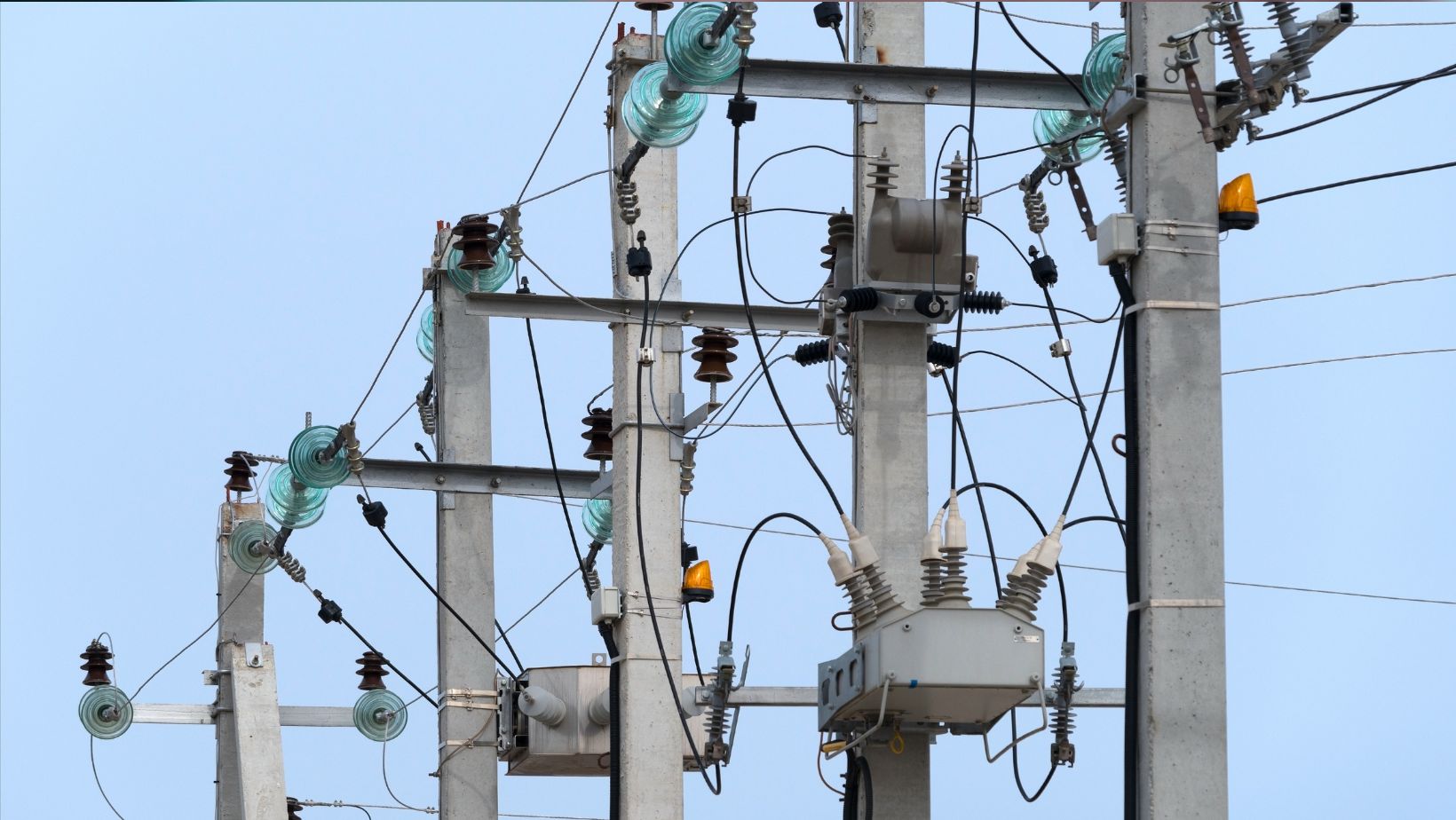Across the globe, power utility crises have begun influencing consumers in unexpected ways. As electricity prices soar and blackouts become more frequent, households and businesses are being forced to adapt. These challenges are nudging consumers towards new energy choices, altering habits, and influencing purchasing behaviors. A global reform in energy consumption is on the horizon, changing the way present-day societies function.
The Rise of Smart Appliances
While solar panels offer one path, the adoption of smart appliances represents a strategic choice for managing energy usage within households. Smart refrigerators, thermostats, and other devices optimize energy consumption, ensuring bills remain manageable.
These devices allow consumers not only to monitor but also to actively control their energy usage in real time. A deeper consciousness about usage patterns emerges, driving an internal shift towards more sustainable energy practices. This technology reintroduces power into the hands of users, much needed during a time of high uncertainty.
A significant benefit of these appliances lies in their potential to communicate with smart grids, adapting consumption patterns based on real-time availability and demand. This dynamic interaction allows households to transition from passive consumers to active participants in the energy market, thereby reshaping the broader economic equation of utility management.
In regions with large energy needs, exploring energy options becomes vital. For instance, some who live in the south are turning to affordable energy plans for Texas residents. Such measures illustrate the rise of consumer initiatives to counteract growing costs and offer a glimpse into the strategic adoption of tailored solutions based on local needs.
Solar Panels: A Dazzling Choice
A growing number of consumers are asserting independence from national grids by installing solar panels. Once regarded as an eco-friendly luxury, solar installations have emerged as a practical solution for disposable income protection against unpredictably inflated utility bills. The long-term savings they promise act as an attractive proposition to individuals and companies alike.

Despite their initial cost, solar panels become more cost-effective than traditional energy sources over time. Consumers are no longer solely inspired by altruistic environmental concerns; they are now driven by the immediate need for financial prudence. Moreover, taxes and incentives make this option increasingly accessible, expanding the demographic making this investment.
With a growing emphasis on energy self-sufficiency, homeowners and businesses alike are seizing the opportunity to leverage solar as a gateway to greater autonomy. As public awareness regarding sustainability grows, neighborhoods brimming with sun-soaked roofs have become prominent fixtures in suburban, urban, and rural settings. This widespread adoption is a testament to a cultural shift, as energy consciousness weaves itself into the broader fabric of everyday life.
Rethinking Lifestyle Habits
The power crisis does not just stop at technological shifts but spurs changes in lifestyle choices. There’s a newfound emphasis on power conservation, with consumers embracing practical habits to limit consumption. From unplugging idle devices to insulating homes better, these adjustments reflect a broader cultural adaptation to energy scarcity.
Even the simple act of altering daily routines to capitalize on natural lighting reduces dependency on electrified sources. Such behavioral changes, though subtle, collectively contribute to reducing household energy demands. Consumers, therefore, find in their habits a means to counter spiraling costs and uncertain supplies.
The cultural shift towards conservation has initiated dialogue surrounding traditional energy norms and provided opportunities for families to adopt previously underutilized practices. Embracing a minimalist perspective, some have found creative ways to reinterpret their relationship with electricity, detaching from consumptive behaviors. These practices foster a new rhythm of life, where harnessing available resources breeds resilience.
Community Power Initiatives
Beyond individual measures, the power crisis inspires community-led initiatives such as microgrids and community energy collectives. Pooling resources and sharing energy at a local level ensures not only economic benefits but also technological resilience and energy self-sufficiency. Residents work collectively to generate and manage their power usage, often backed by local governmental actors.
This form of grassroots empowerment is appealing due to its participatory nature – encouraging unity amid adversity. It also offers a glimpse into potential future energy models, where communities collectively steward energy resources rather than relying exclusively on traditional centralized utilities.

The success of such initiatives often sparks dialogue about collaboration and shared responsibility. As communities harness renewable energies, there’s a renewed focus on local trust-building and problem-sharing advantages. This sense of inclusion underscores the importance of leveraging collective strengths and ensures that grassroots power solutions resonate far beyond individual participants.
Conclusion
Electricity challenges present more than a temporary inconvenience; they act as strong catalysts for reshaping consumer choices and behaviors. From home solar installations to reshuffled daily habits, consumers worldwide are navigating this terrain armed with new strategies. The power utility crisis indeed lays the groundwork for an unprecedented evolution in societal energy interaction, leaving a distinguished mark on consumer choices.


